Linda Hartley
Extant
4604 Highway 3278, Natchitoches, Louisiana, 71457, United States
Begun approximately in 1986
Mrs. Hartley’s yard can easily be seen from the highway. She welcomes impromptu visitors throughout the day, every day of the week.
About the Artist/Site
Located on the outskirts of Natchitoches, Louisiana, Linda Hartley’s art environment encompasses the large, sloping yard in front of her house. Hartley’s public space is covered with large, wooden hand painted signs with messages painted on both sides, most of which are exhortatory in their Christian messages. Usually the signs incorporate scriptural references, which self-define the preceding painted message as a kind of summary of Biblical writ.
Aside from their written texts, the signs in Hartley’s yard are generally barren of any decoration, although occasionally she will include the sole icon of an open book, often with the Biblical references written within its confines, thus pointing to a (perhaps unintended) conflation of the signage on her yard with the Biblical scriptures that they invoke. The image of a book on her signs is perfectly fitting, given the heavy textual dominance of her work. In fact, this symbolism extends beyond the individual icons of books on her signs, to a more holistic sense that her entire site can be envisioned as a book, with the outermost signs being the covers and the interior signs serving as pages, each with their separate but interrelated messages, comprising one overall text. When I introduced this simile to Hartley, she readily agreed.
Mrs. Hartley has a conscious proselytory intent to bring the unconverted and lost to Christ’s message of redemption. However, given the public nature of the signs, vandalism and theft are recurring threats to Hartley’s work. She has found egg shells on some of the signs, and after two signs were stolen, Mrs. Hartley began out of necessity to chain some of the signs to trees or her mail box in an attempt to discourage further thefts. Both indomitable and irrepressible, Hartley has been neither discouraged nor disheartened by these attempts to steal or vandalize her work, but instead simply doggedly replaces that which is lost.
Hartley welcomes visitors of all kinds to stop and read her signs. She is happy to conduct personal tours of her yard, taking visitors from sign to sign, expounding upon each one in turn, usually with multiple scriptural references, with numerous entire verses recited from memory. Hartley’s doctrinal message is often complex, and is always proselytory.
While Hartley’s signs are clearly illustrative of “the jeremiad tradition” predominant in “Southern religion” (Fulmer 58), frequently containing confrontational warnings to sinners about the wages of sin, it would be an oversimplification to reduce her work to mere reportage of Biblical injunctions. Rather, there is throughout her oeuvre an overriding theme that there is an often unseen duality within the spiritual forces to which the messages on her signs refer. In keeping with the stark polarity of her ideology, Hartley’s signage is basic in its color schemes, most often white letters on a black painted backdrop, or vice versa.However, while this austerity is in keeping with her ideologically charged and condensed theological statements, her patient spiritual tutoring of those that visit her yard (like the author of this text) bespeaks not of a harsh and intolerant Puritan but instead of a concerned artist, whose work strives to incite the spiritual reform of her community.
When I visited with Mrs. Hartley in her home she invited me to sit down with her to an impromptu Bible study. Seeing the pages of her Bible brought me to a much greater appreciation of her artistry. The text of her Bible was so finely engraved with tightly lettered marginalia and textual underlining that it resembled the beautifully illuminated scriptures that have been hand lettered by medieval cloistered monks. Hartley’s Bible is in itself not only a work of art, but simultaneously serves as a testimony to her energetic dedication to her faith. Nevertheless, Hartley does not see herself as an artist, or her signs as art. When asked by Jason Church, a local collector of self-taught art, if she could make him a sign like those in her yard, her ingenuous response – “Couldn’t you just make your own?” – speaks volumes. This is not to discount Mrs. Hartley’s sense of mission, as illustrated in the following brief exchange:
Rasmussen: “Are your signs a kind of art?”
Hartley: “Oh no, not necessarily. I just tried to write it big enough. As big as I could that people from a distance could see it. And then I would hope that they would slow down.”
When considered within the frame of her proselytory endeavor, Hartley is perhaps one of the most uncompromising artists alive, as she has zero profit motivation or expectancy for her work.
Hartley’s parents were Methodists but they moved away from the church for some time before returning. Hartley has attended both Methodist and Baptist churches but grew discontented with all organized religions, and her original impetus to make her signs originated out of this discontent with local churches. “I realized that . . . they were not doing what they were supposed to be doing,” she said, “so, I thought well, if I put it out in signs, and try to get it down to where they can get a glimpse that they’re not hearing the total truth, then maybe they’ll begin to look for themselves….I was called to teach. So how am I gonna teach without people? So I just decided well, I’ll get some wood and put verses on the wood.” Considering her yard to be a kind of sacred space, Mrs. Hartley describes her decision to begin putting up her signs as a call to a public ministry, to be conducted through her art.
In her “attempt to construct a better world” through her unending evangelistic missionizing, Mrs. Hartley’s work stands as testament to what Frédéric Allamel has referred to as the “utopian” impulse shared by many Southern self-taught artists (23). Hartley is so energetic in her zeal because she senses a genuine need, feeling society to be in need of correction. As she explained to me, “Well there’s a lot of people, especially in this area, but they’re all over, that are in bondage and don’t know how to get out…. I was hoping people would wake up….I thought, well, if I could put enough of the verses on the signs that they could understand what…I’m talking about, if they read that at all they’d be able to put it together. So anyway, that was my…idea. And that started me on it.”
Mrs. Hartley has painted several articles of her clothing in an attempt to spread her message beyond her yard signs. Hartley also appropriates clothing that comes pre-decorated from the manufacturer. For example, upon a commercially available shirt reading “Jesus is alive,” Hartley has continued the message, painting the words “in heaven waiting.” Upon the reverse of the shirt she painted “Jesus’s words are spirit. John 6:63.” When I observed that “Your shirt’s like another sign,” she responded with laughter, saying “That’s right!”
Despite her efforts, Hartley is aware that due to the abbreviated nature of her medium her audience may not always understand her message perfectly. But she continues to persevere, hoping with her efforts to reach the public and lead them to salvation.
~Shane Rasmussen
Northwestern State University of Louisiana
I thank Matt DeFord for pointing out to me the iconography of the open book painted on Hartley’s signs and for his perspective on her color palette.
NOTE: Portions of the above were taken from the following:
Rasmussen, Shane, and Matt DeFord. “Unicultural Ethnography: Preserving Outsider Art Through the Ethnographies of Individual Outsider Artists.” Paper delivered at “Divine Disorder, Conserving the Chaos: Conference on the Conservation of Folk and Outsider Art.” Natchitoches, LA. February 15, 2012. Also available online in video format at: http://ncptt.nps.gov/unicultural-ethnography-preserving-outsider-artthrough-the-ethnography-of-individual-outsider-artists/
WORKS CITED
Allamel, Frédéric. “Sacred Spaces and Mythmaking: A Sociological Perspective on Southern Environmental Art.” Sacred and Profane: Voice and Vision in Southern Self-Taught Art. Eds. Carol Crown and Charles Russell. Jackson: UP of Mississippi, 2007. 21-39.
Fulmer, Hal. “The Word and the World: Evangelical Christianity, the Bible, and the Secular South.” Coming Home! Self-Taught Artists, the Bible and the American South. Ed. Carol Crown. Art Museum of the U of Memphis in assoc. with the UP of Mississippi, Jackson, 2004. 55-71.
Materials
Wood and paint
Map & Site Information
4604 Highway 3278
Natchitoches, Louisiana, 71457
us
Latitude/Longitude: 31.7854104 / -93.1137214
Nearby Environments


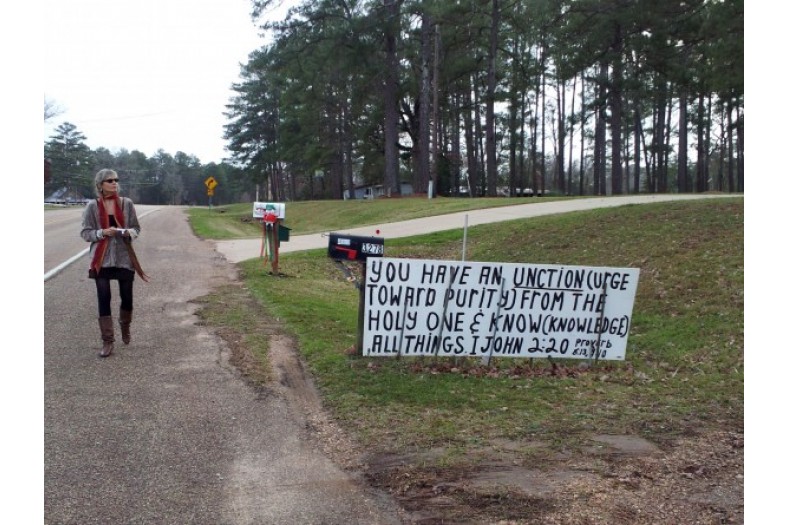
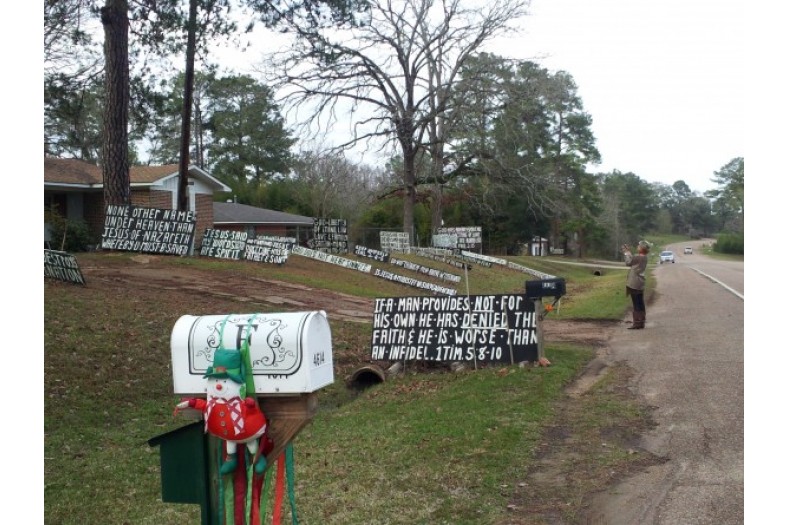
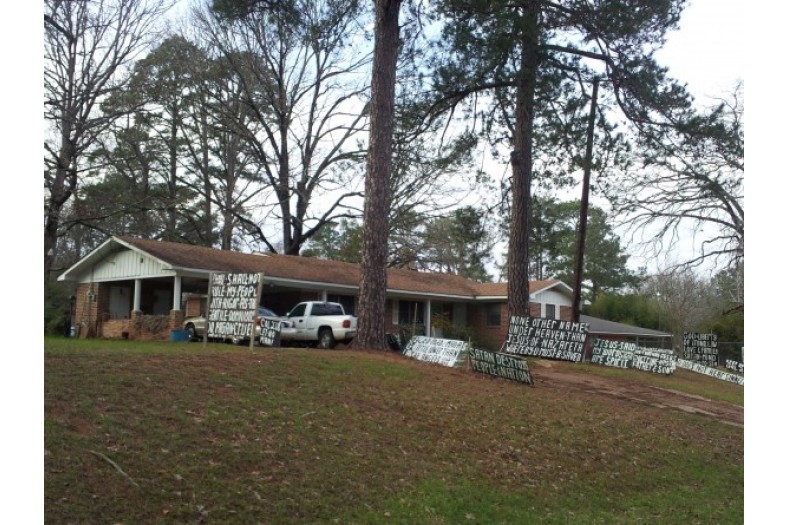
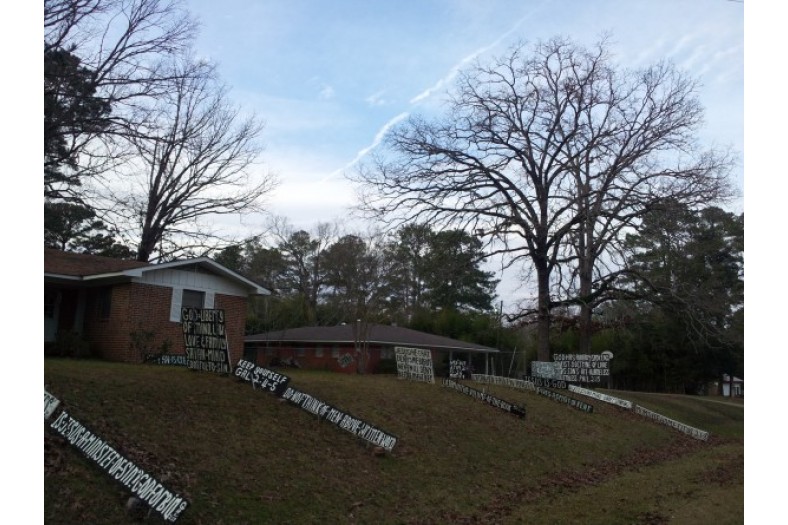
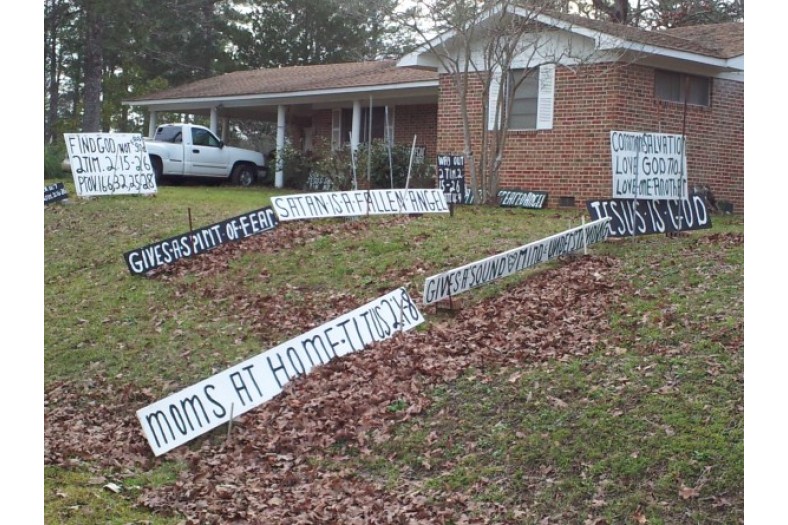
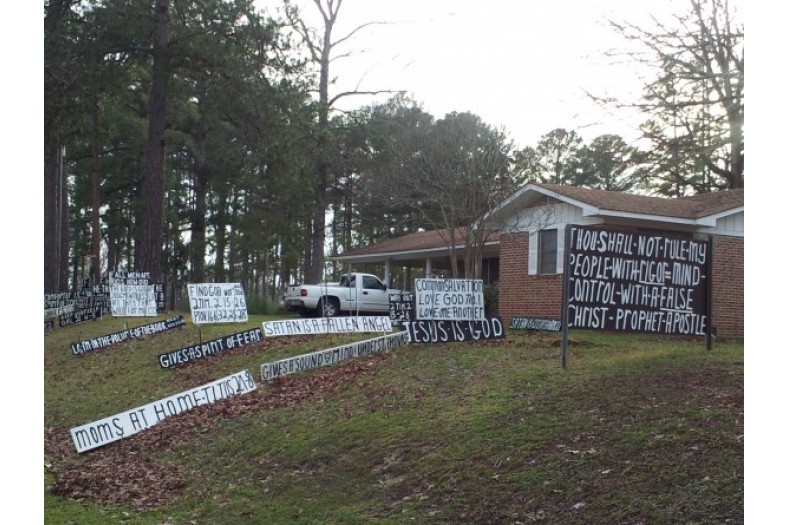
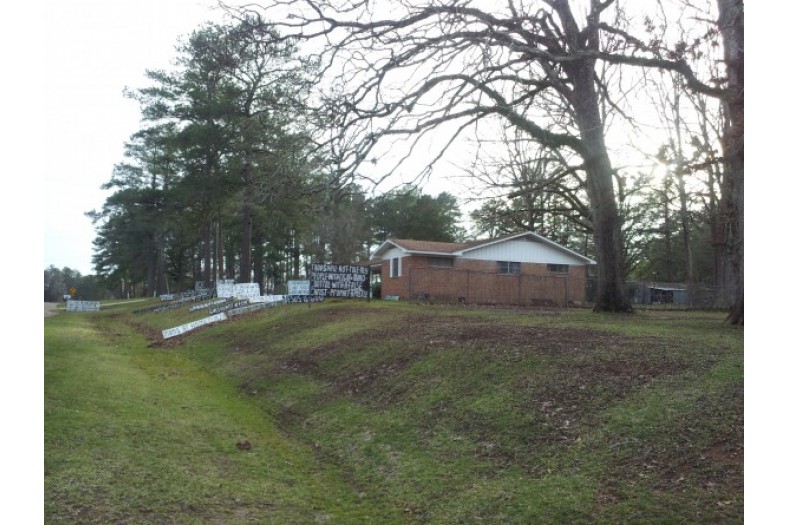

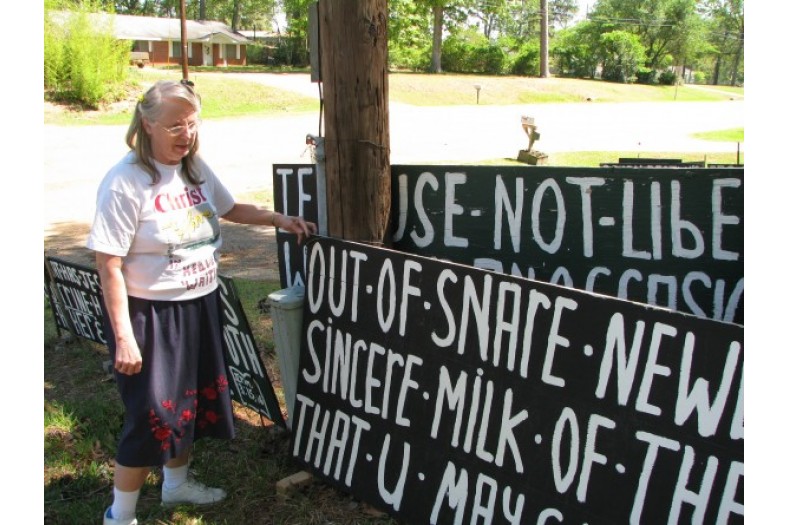
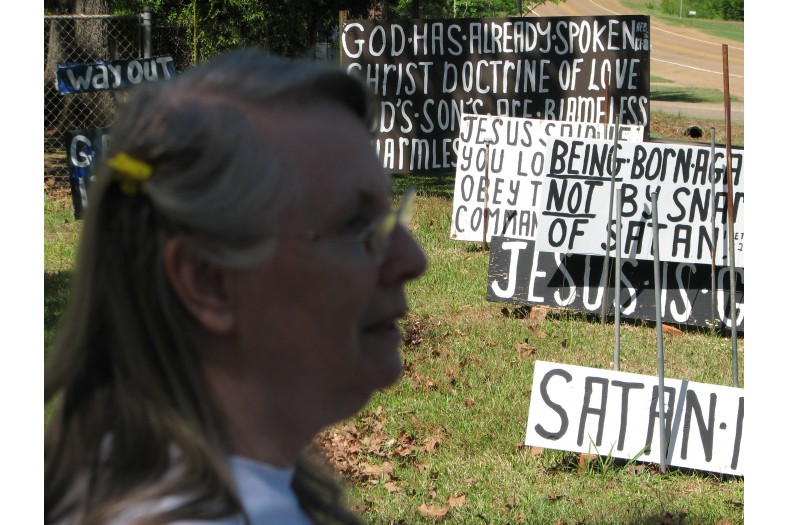
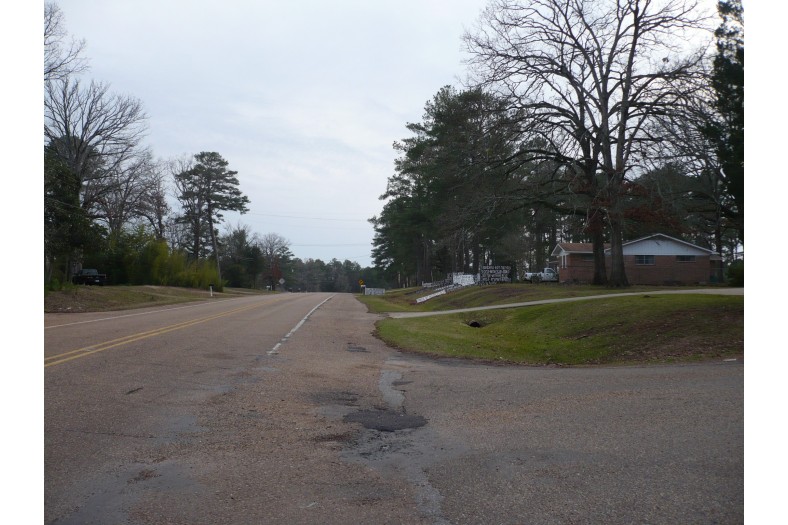
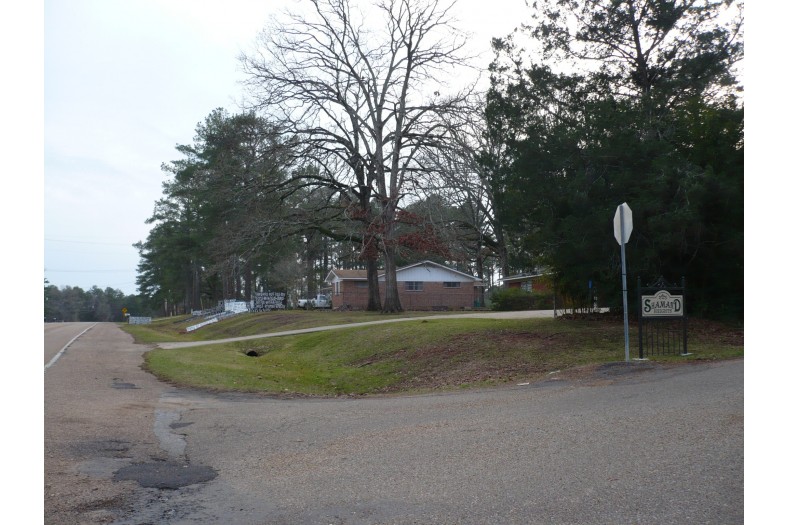
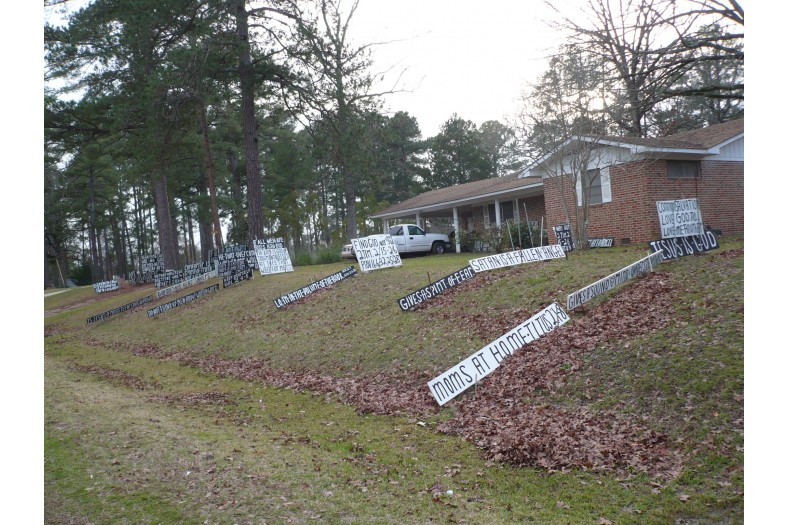
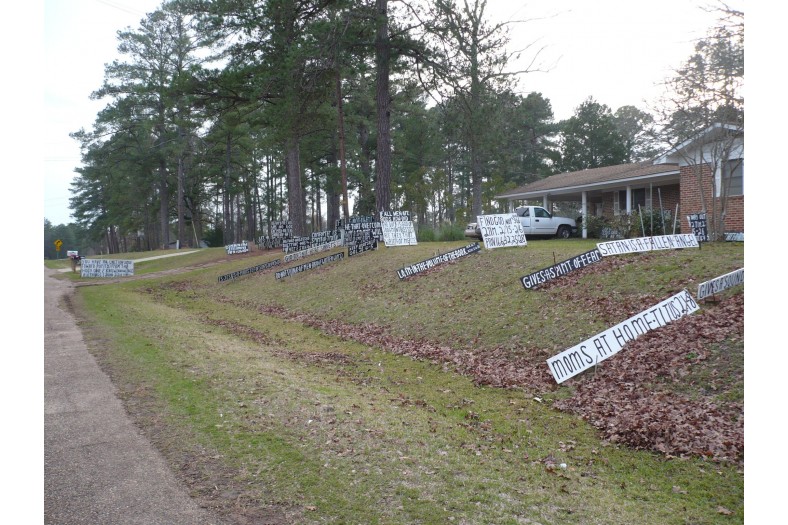
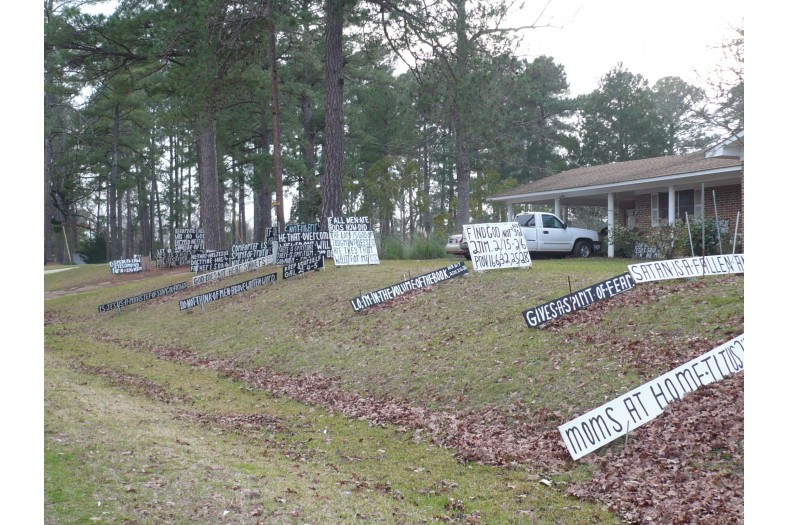
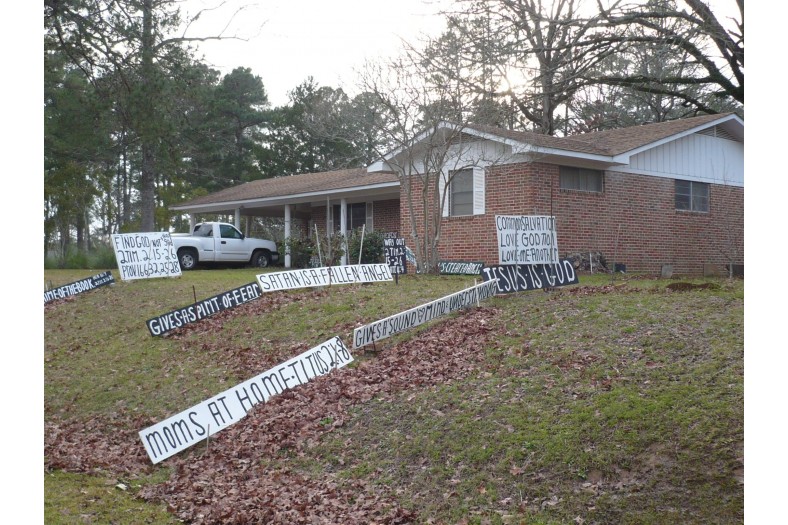
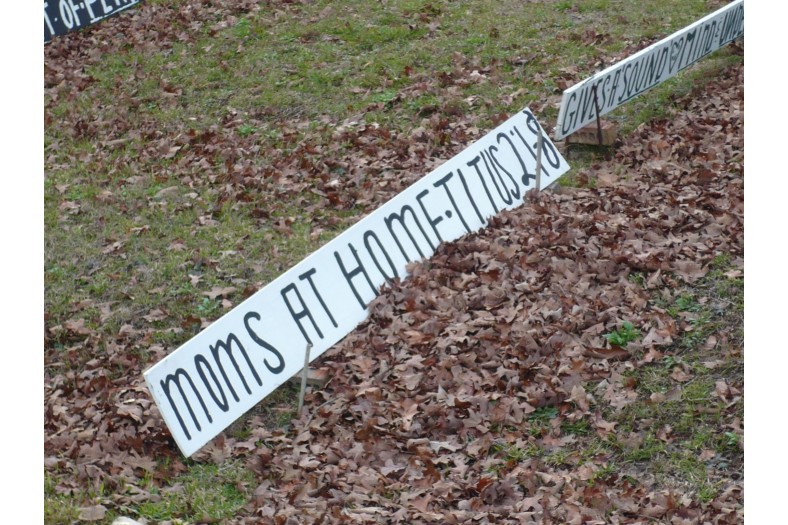
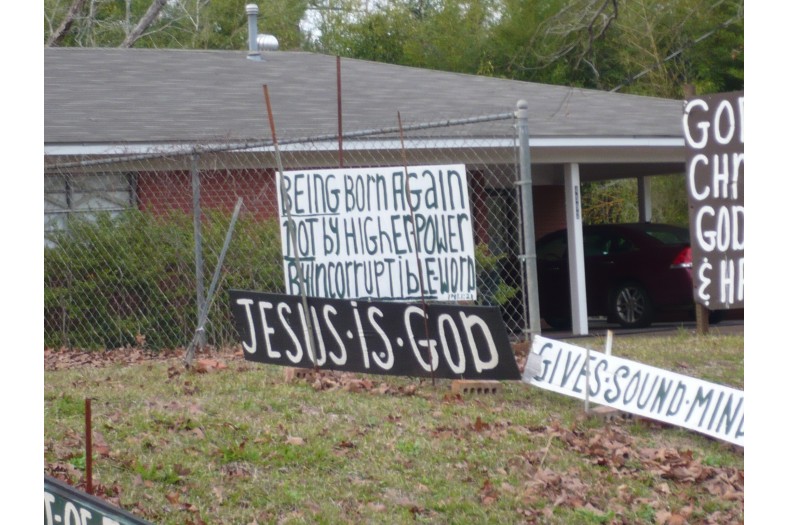
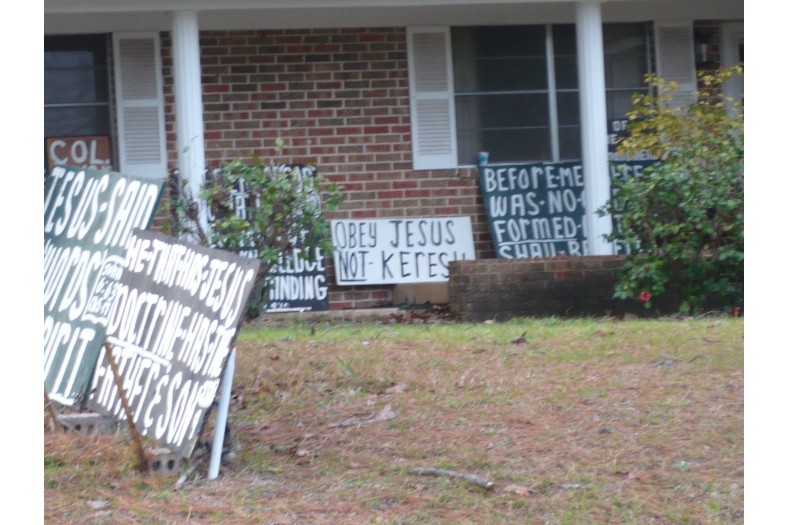
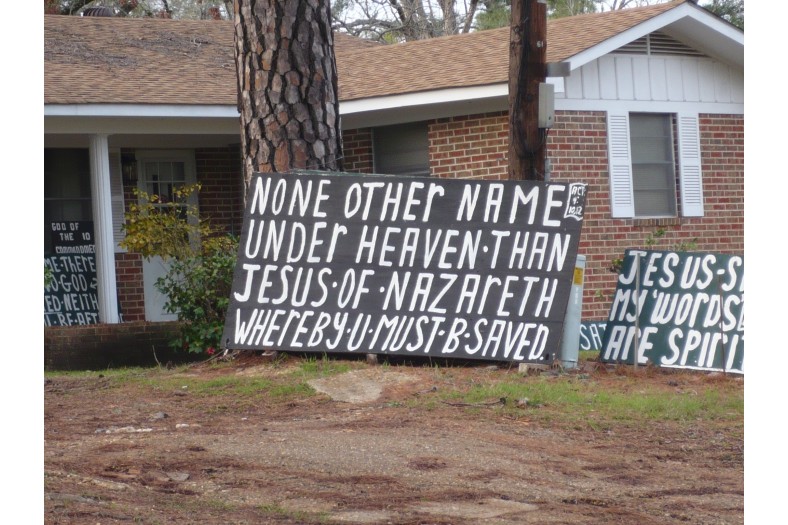
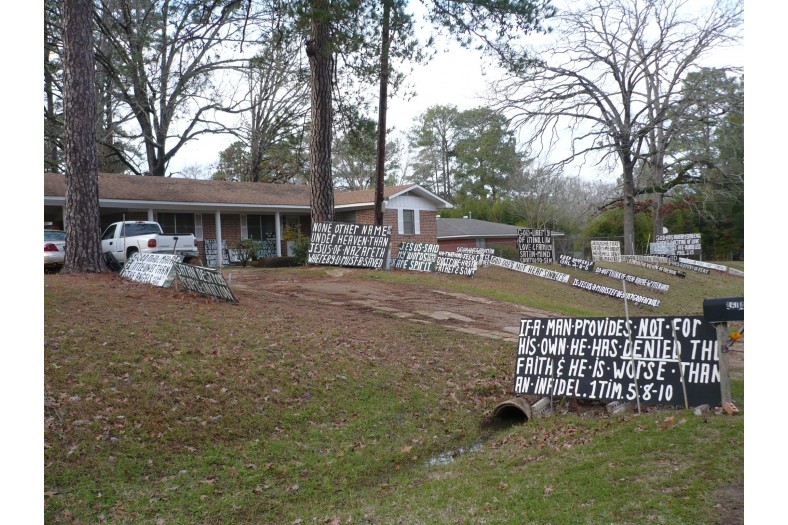
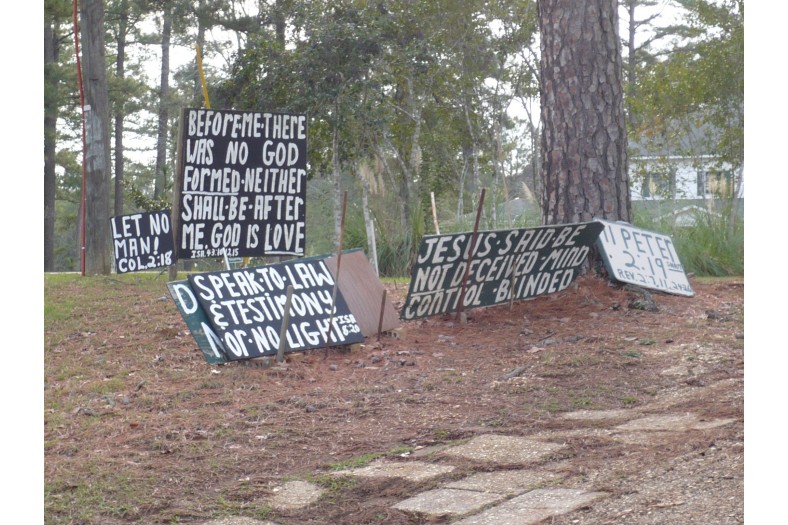

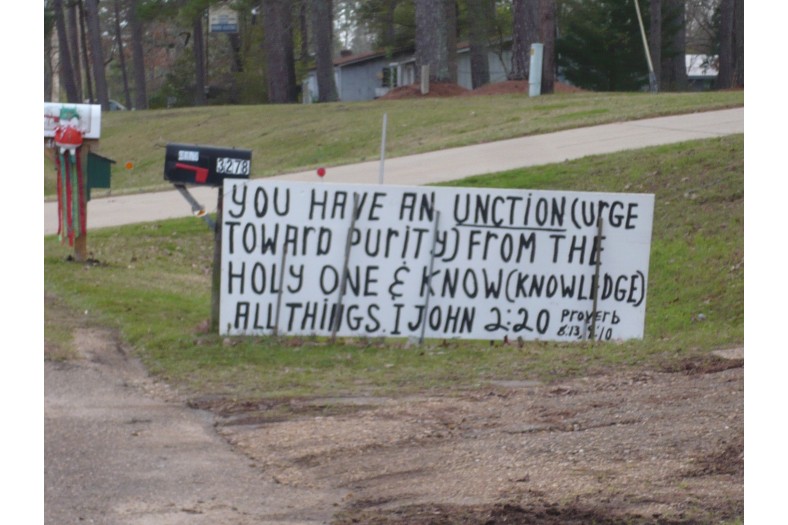
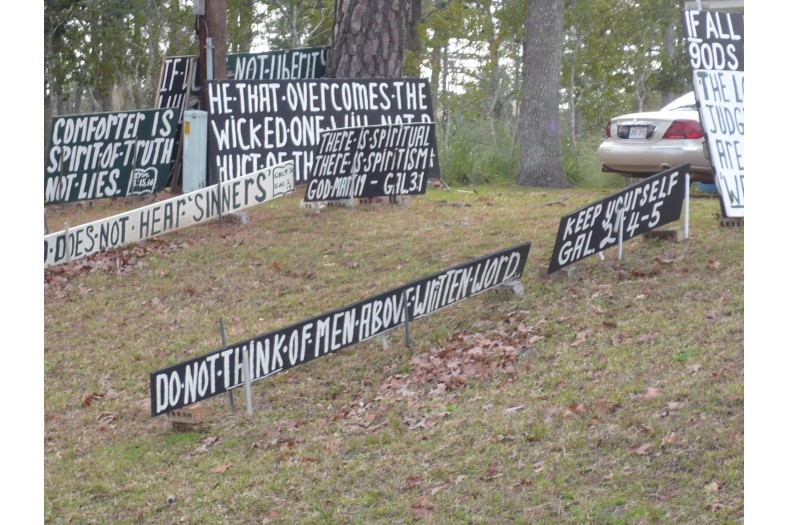
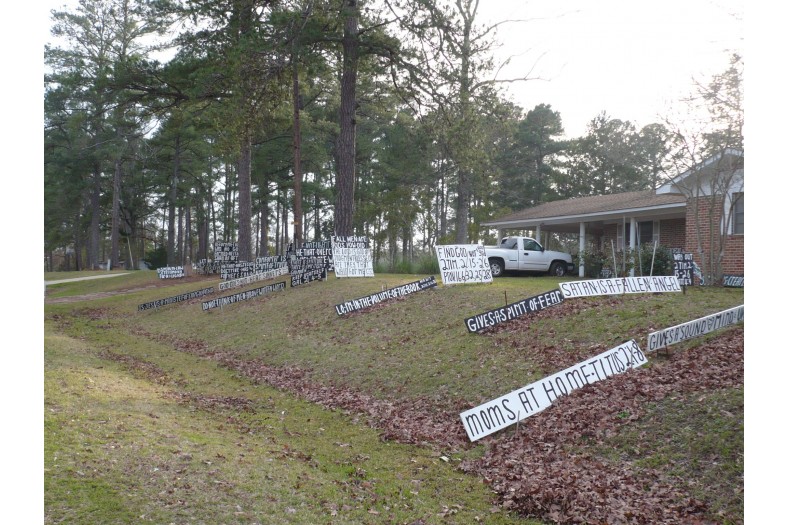
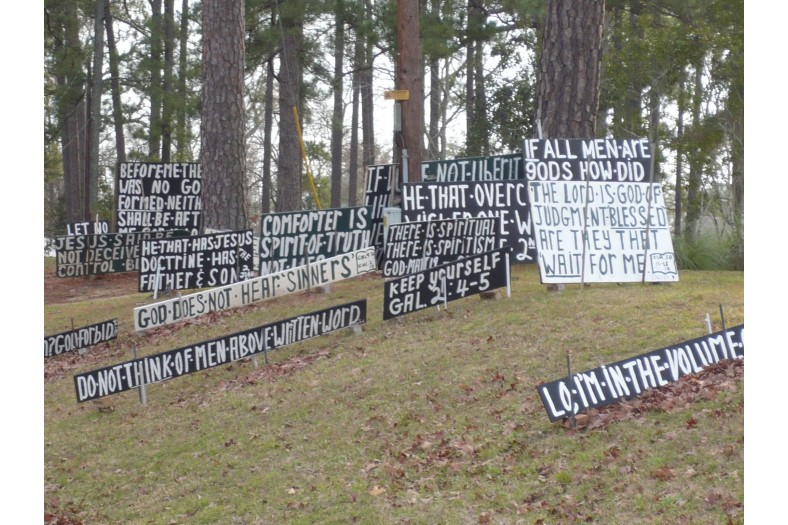
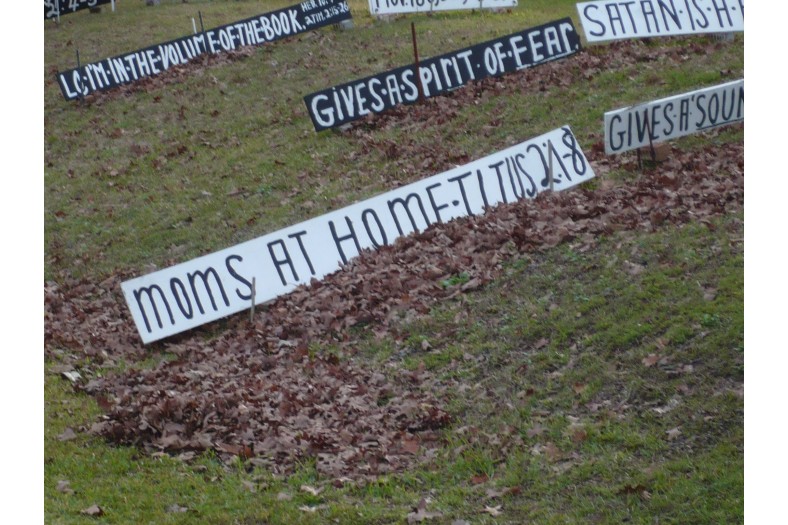
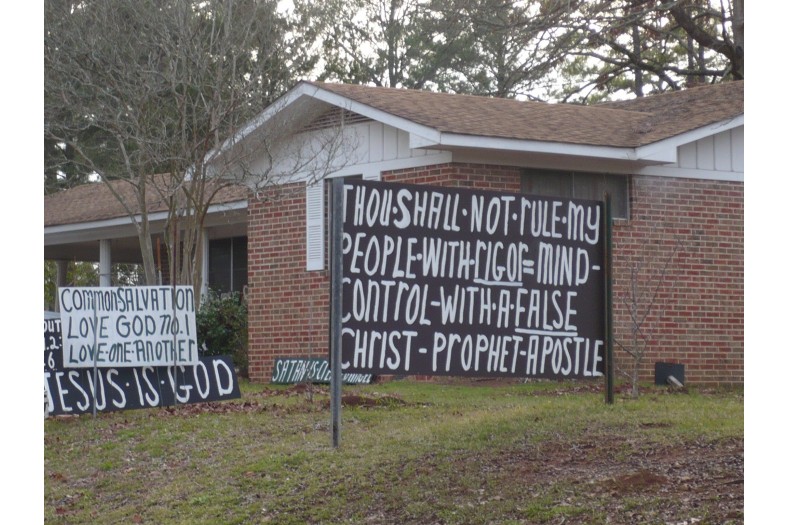
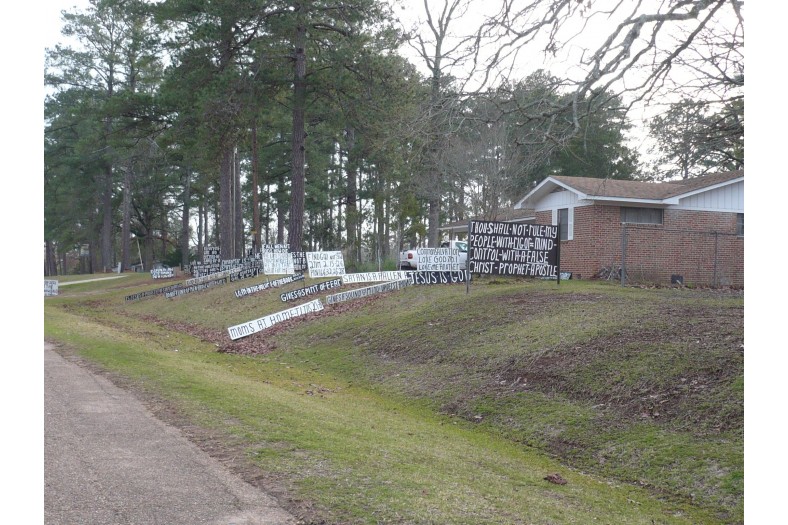
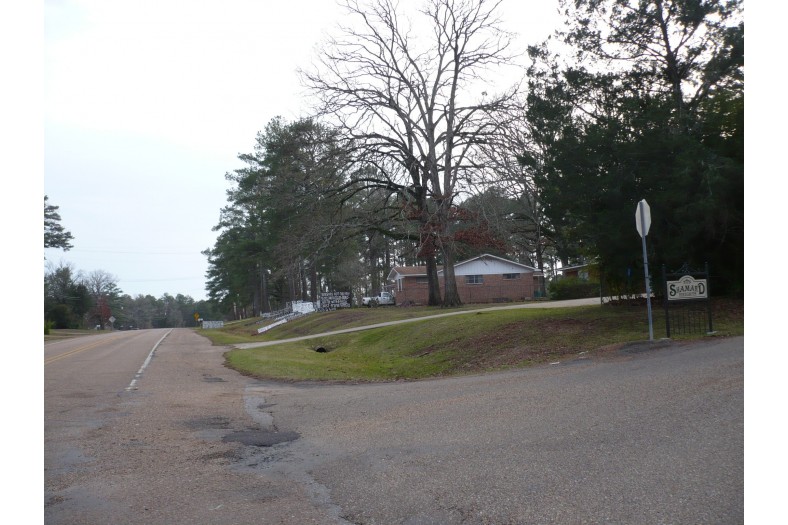
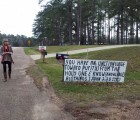
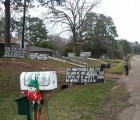
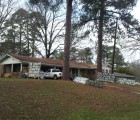
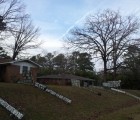
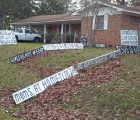
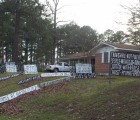
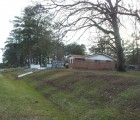
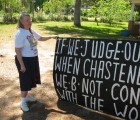

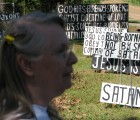
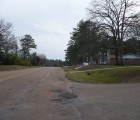
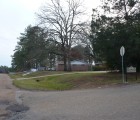

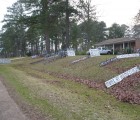
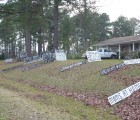
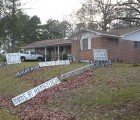
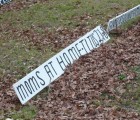
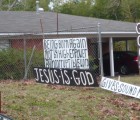
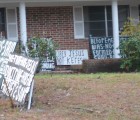
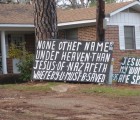
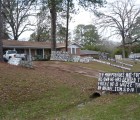
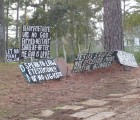

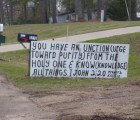
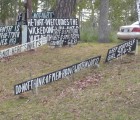
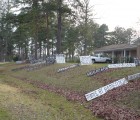
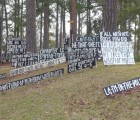
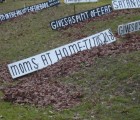
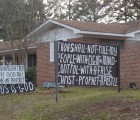
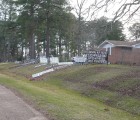
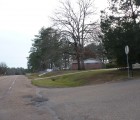
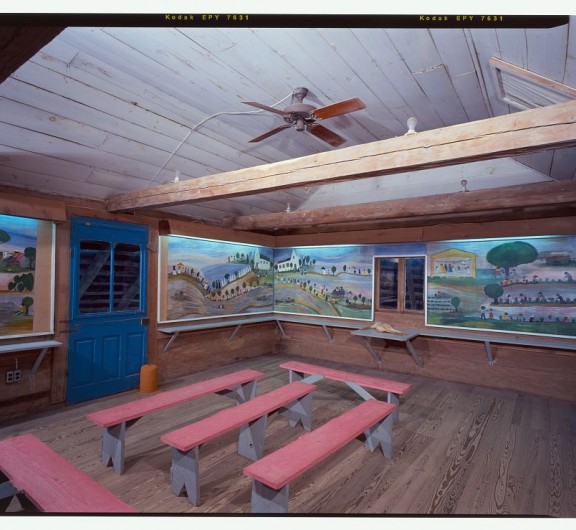
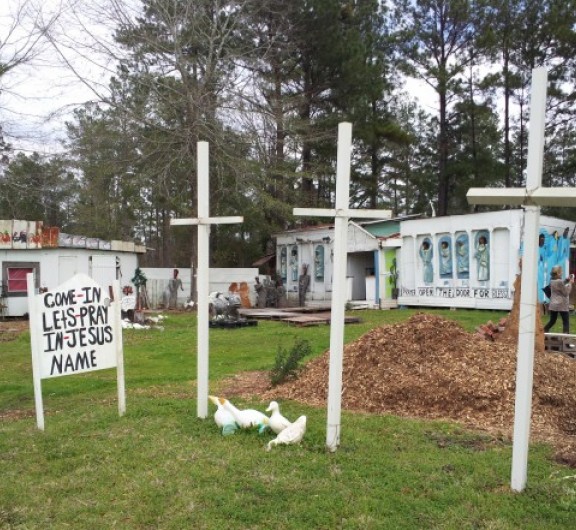

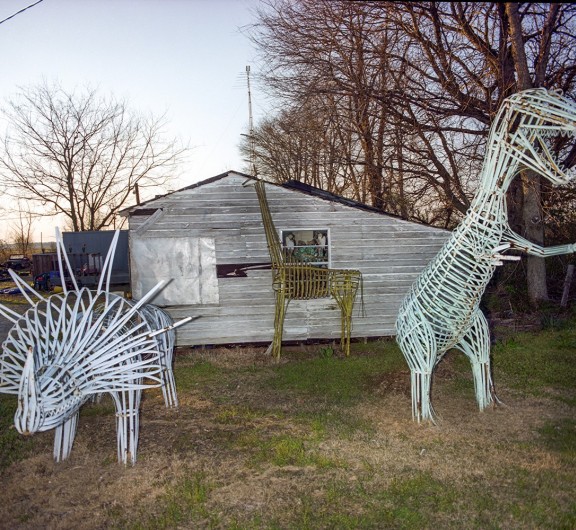


Post your comment
Comments
No one has commented on this page yet.